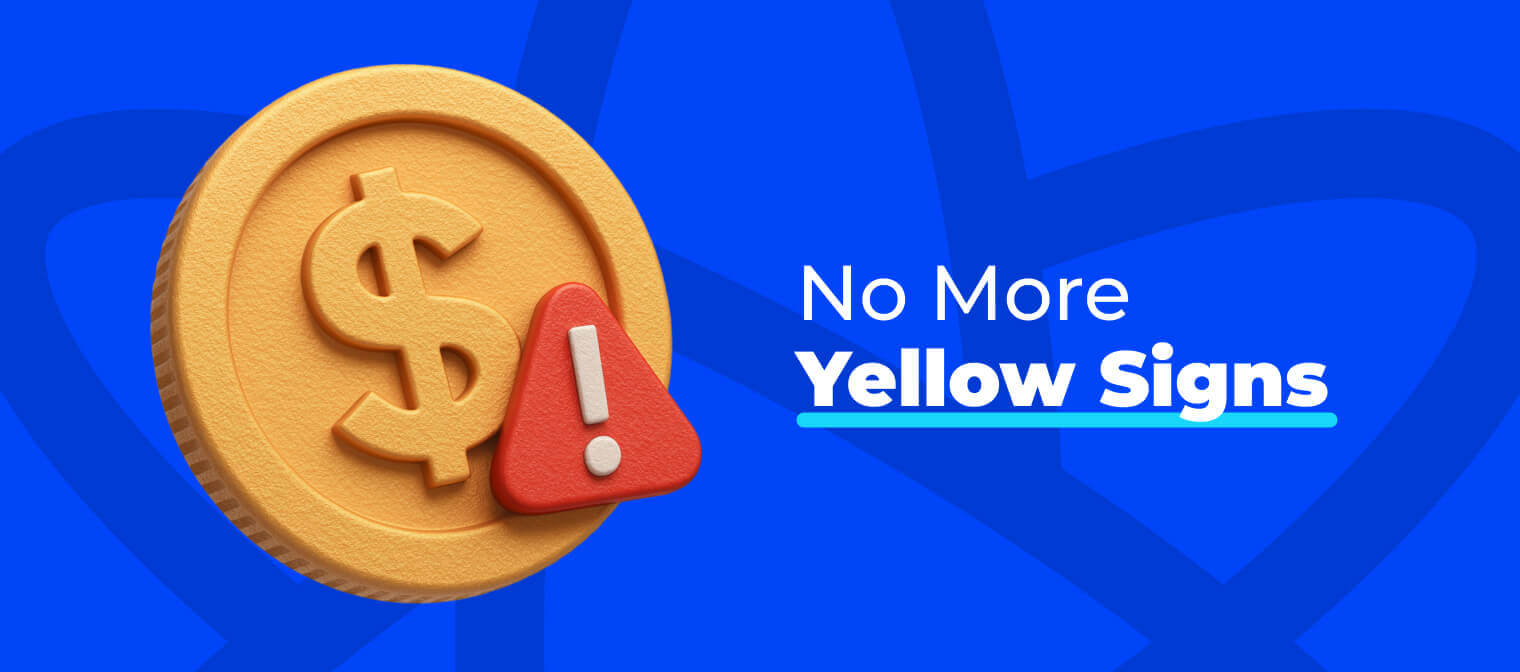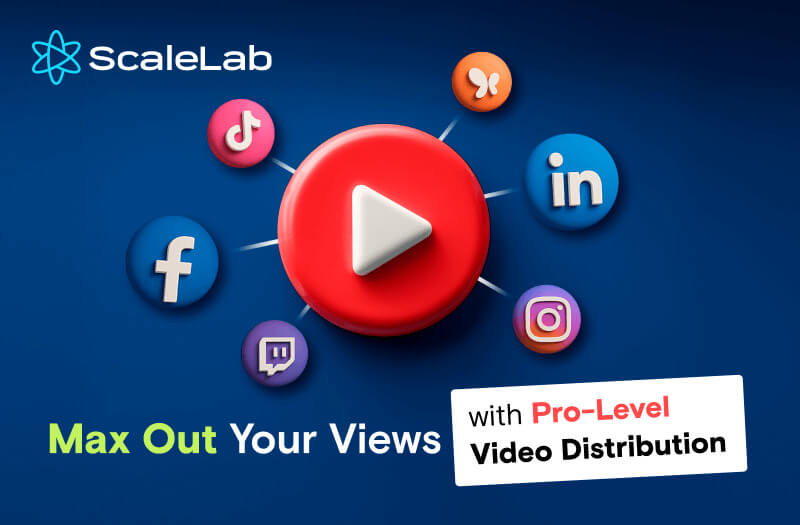When a channel loses monetization, it’s rarely because of one mistake. Most demonetized YouTube channels reach that point after small signals build up. A few copyright claims here, some misleading metadata there, maybe a strike or two, and before you know it, the channel crosses the line.
YouTube monetization rules are strict because advertisers want safe, reliable spaces for their ads. That means every creator, no matter the niche, needs to understand what triggers revenue loss on YouTube.
But the platform is consistent. If you break certain rules often enough, you risk demonetization. If you avoid policy violations and pay attention to the patterns, you’ll keep your ads, protect your income, and avoid the endless stress of fighting with the system.
10 YouTube Demonetization Reasons
Let’s go through the ten main causes of a demonetized YouTube channel, and more importantly, how to stop them before they cost you your revenue.
1. Copyright misuse
Copyright is the most common reason channels lose monetization. Use music, video, or images you don’t own, and your video demonetized YouTube notice will come sooner or later.
A few copyright claims can snowball into strikes, and YouTube can see your whole channel as “reused content.”
How to prevent it: Always use royalty-free music or tracks you’ve licensed. YouTube has its own Audio Library, and services like Epidemic Sound or Soundstripe give you safe catalogs. Don’t assume crediting is enough. It isn’t.
Bonus: Free access to Epidemic Sound, if you’re partnering with ScaleLab.

2. Language and content tone
YouTube monetization rules around language are stricter than most think. It’s not only about F-bombs. Too much profanity, hate speech, or sexual references in titles, descriptions, or intros can lead to ads being removed and revenue loss on YouTube.
How to prevent it: Avoid slurs or anything that targets groups of people. Use YouTube’s self-certification before posting. Edit out heavy profanity if you slip. Clean content gets better ad placement.
3. Misleading metadata
Clickbait titles, fake thumbnails, or tags stuffed with trends you didn’t cover fall under content policy violations. YouTube sees it as deception, and repeated offenses can lead to a demonetized YouTube channel.
How to prevent it: Make sure your title, thumbnail, and tags match the actual content. Accurate metadata builds trust and protects monetization.
4. Community Guidelines strikes
Community Guidelines strikes are serious. Hate speech, harassment, scams, or unsafe content can all trigger them. Too many, and your whole channel is cut off from ads.
Strikes don’t only come from videos, thumbnails, comments, or live streams can count too.
How to prevent it: Know the rules and review them often. If you get one strike, clean your other videos immediately. Don’t assume it was “just one.” Strikes stack up quickly, and YouTube won’t give second chances forever.
Want help restoring or protecting your monetization?
Contact us. We've helped hundreds of creators fix demonetization issues and stay compliant with YouTube monetization rules. Whether it’s policy confusion, content clean-up, or handling an appeal, we’re here.
5. Kids' content mistakes
If your content looks like it’s for kids, YouTube will treat it as such. Mislabeling for higher ad rates, using scary or edgy jokes, or showing too much promotion can cause demonetization.
COPPA rules are strict, and kids’ safety is a priority.
How to prevent it: If your content features toys, cartoons, or nursery-style visuals, mark it “made for kids.” Avoid over-commercialization, dark themes, or misleading thumbnails. Play safe. It’s better to keep lower RPMs than to risk losing monetization.
6. Spam and repetition
Spam doesn’t just mean bots. Uploading near-identical videos, flooding Shorts with the same style, or using AI to mass-generate content can push your channel into spam territory.
Once labeled spammy, YouTube content removed is almost guaranteed.
How to prevent it: Keep content varied. Even within one niche, change up titles, visuals, or storylines. Don’t flood the feed with 20 near-identical uploads. Balance consistency with originality.
7. Overuse of AI
AI tools are powerful, but overreliance can backfire. A channel that feels 100% automated is at high risk.
YouTube monetization issues often come when videos have robotic voices, generic scripts, or AI avatars that lack human presence.
How to prevent it: Use AI as a helper, not a replacement. Translate, generate ideas, or improve metadata, but keep your voice, face, or creativity in the mix. Add commentary, context, or editing touches that show there’s a person behind the channel.
8. Shocking or unsafe content
Graphic violence, gore, unsafe stunts, or adult themes get flagged quickly. Advertisers avoid shocking content, which means ad revenue loss on YouTube.
How to prevent it: If your content requires showing violence or sensitive topics, add context. Blur what you can. Use disclaimers. Don’t glorify unsafe behavior. Show responsibility, not shock value.
9. Inactivity
If you stop uploading for long stretches, YouTube may pull monetization. An inactive channel looks abandoned, and abandoned channels don’t get ads.
Many creators lose monetization simply because they stepped away for too long.
How to prevent it: Stay active. Post regularly, even if it’s just Shorts or community posts. Update your description. Reply to comments. Activity signals that your channel is alive and valuable.
10. Mistakes and unfair flags
Sometimes YouTube gets it wrong. A thumbnail triggers the filter, or an old video suddenly breaks new rules. This is when creators panic, but it’s also when the monetization appeal process exists for a reason.
How to prevent it: Double-check your content before posting. If flagged unfairly, request a manual review. Fix what you can and resubmit. Stay calm. Many creators win appeals if they follow the process.
What to Do If You're Already Demonetized
First, don’t panic. Go to YouTube Studio. Check the yellow icons or the demonetized label. Click "Details" to see why it happened.
Next, fix the issue. Trim content, update metadata, replace copyrighted material. Use the built-in editor if needed.
Then, request a manual review. Be honest. If it’s a content policy violation, show that you understand and have resolved it.

Demonetization is never random. It comes from patterns: copyright misuse, content policy violations, repeated community guidelines strikes, spam, inactivity, or unsafe content. But every one of these has a solution.
The real prevent demonetization guide is simple: respect copyright, keep language clean, don’t mislead, stay consistent, and always think like an advertiser. If a brand doesn’t want its ad next to your video, YouTube won’t let it happen.
If you’re struggling with a demonetized YouTube channel or are tired of guessing why your videos keep losing ads, don’t panic. ScaleLab helped creators recover monetization, win appeals, and build channels that stay safe long-term. Reach out to us if you need channel monetization tips that actually work, real solutions that protect your revenue.
Don't wait until you see the yellow icon. Get ahead of it.



